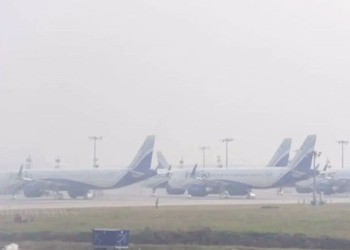Bhubaneswar: Railway Minister Ashwini Vaishnaw has enhanced rail services in the western and southern districts of Odisha with which long-standing demands of people of Balangir, Bargarh, Kalahandi and Rayagada have been fulfilled.
Connecting the South & western Odisha People to Banaras
One of the most significant developments in this endeavor is the provision of train services for the people of South Odisha to Banaras. The demand for this connection was vocalized during Shri Ashwini Vaishnaw’s visit to these regions including his Jan-ashirvaad Yatra, and he assured the people that their needs would be met. The importance of this Kashi connection cannot be understated, as it allows residents to undertake important journeys, such as performing rituals in Allahabad and Varanasi, with ease.
Extending from Sambalpur-Visakhapatnam
This rail link has the potential to become the lifeline of the people in Western and Southern Odisha, serving multiple purposes. First and foremost, it meets the demand for easier access to quality healthcare & educational services, as many residents from these areas often travel to Visakhapatnam. This move holds promise for fostering new business and trade partnerships, thereby contributing to economic growth.
Revolutionizing Connectivity
The extended train service between Sambalpur and Visakhapatnam represents a significant leap in connectivity. It opens doors to a multitude of opportunities, linking two vital regions. Extension of the Varanasi-Sambalpur-Varanasi 18312/11 Bi-weekly Express has been approved.
This extension would benefit the Southern and Western districts of Odisha especially KBK region but also the North Andhra Region. This initiative has a ripple effect on intermediate connectivity, facilitating easier travel to crucial junctions like Kashi, Pt. Deen Dayal Upadhyaya Junction, Hatia, Ranchi, Rourkela, Jharsuguda, and Sambalpur. The entire region is set to experience a surge in economic activity and connectivity like never before.
The improved rail connectivity promises a brighter future, not only for the residents of these regions but also for the economic landscape of the areas it touches. The wheels of progress are indeed turning, ushering in a new era of opportunity and development.
















